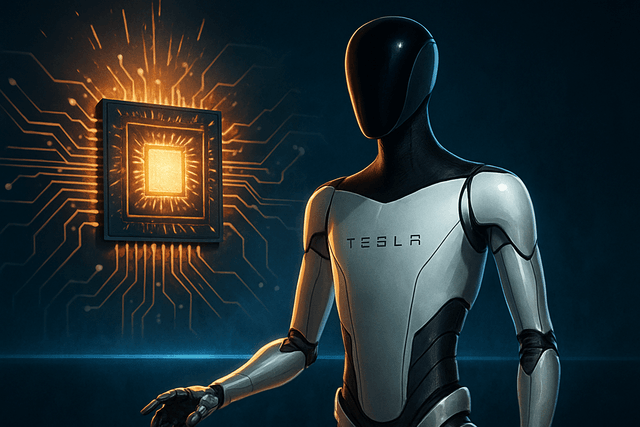Tesla's Optimus humanoid robot has reached a pivotal development milestone, demonstrating an impressive array of capabilities through a revolutionary learning approach.
In a video demonstration released on May 21, 2025, the Optimus robot was shown performing diverse tasks including household chores like vacuuming, stirring food, closing curtains, and industrial operations such as handling Tesla vehicle components. What distinguishes this achievement is that all tasks were executed through a single neural network, with the robot learning directly from first-person videos of humans performing similar actions.
Milan Kovac, Tesla's Vice President of Optimus, described the advancement as a "significant breakthrough" in the robot's development journey. "We recently had a significant breakthrough and can now transfer a big chunk of the learning directly from human videos to the bots," Kovac explained. This method dramatically accelerates the robot's ability to learn new tasks compared to the previous teleoperation approach, which required more intensive human involvement.
The current system focuses on first-person perspective videos, but Tesla's team aims to expand this capability to include third-person footage from random internet sources. This would potentially allow Optimus to learn from the vast repository of instructional videos available online, exponentially increasing its skill acquisition rate.
Production plans for Optimus are already underway, with Tesla targeting limited production in 2025 for internal use in its factories. According to recent announcements, Tesla aims to produce approximately 5,000 Optimus robots this year, with plans to scale up to around 50,000 units by 2026 when the robots will become available to other companies. Elon Musk has suggested a consumer price point of approximately $30,000 when the robot eventually reaches the broader market.
While some robotics experts remain skeptical about the timeline for a truly general-purpose humanoid robot, Tesla's recent demonstration represents a significant advancement in robot learning systems that could accelerate development across the industry.

